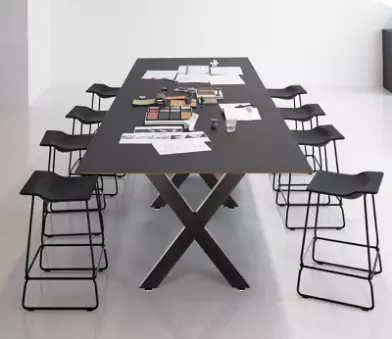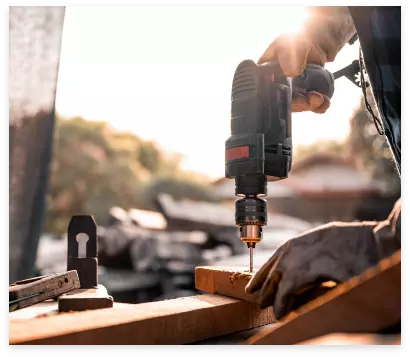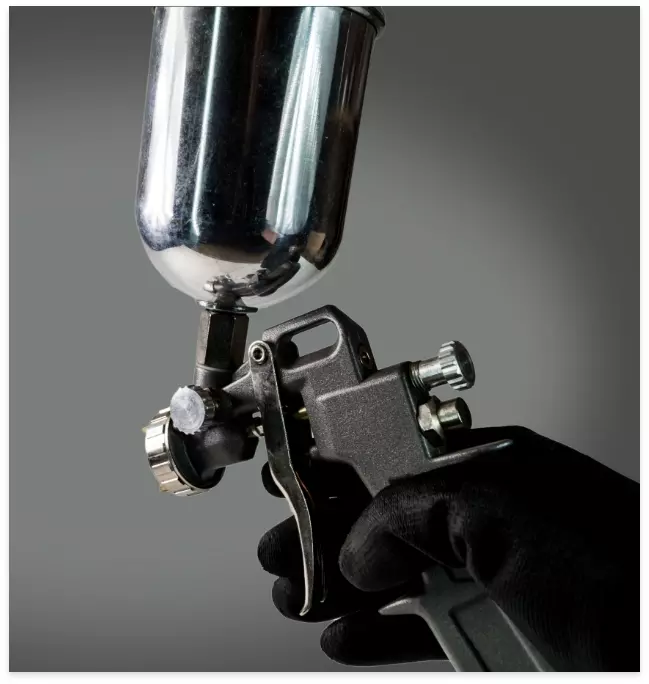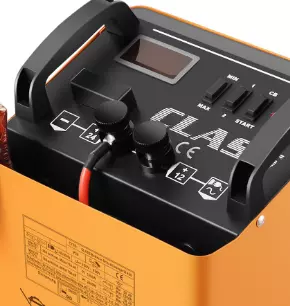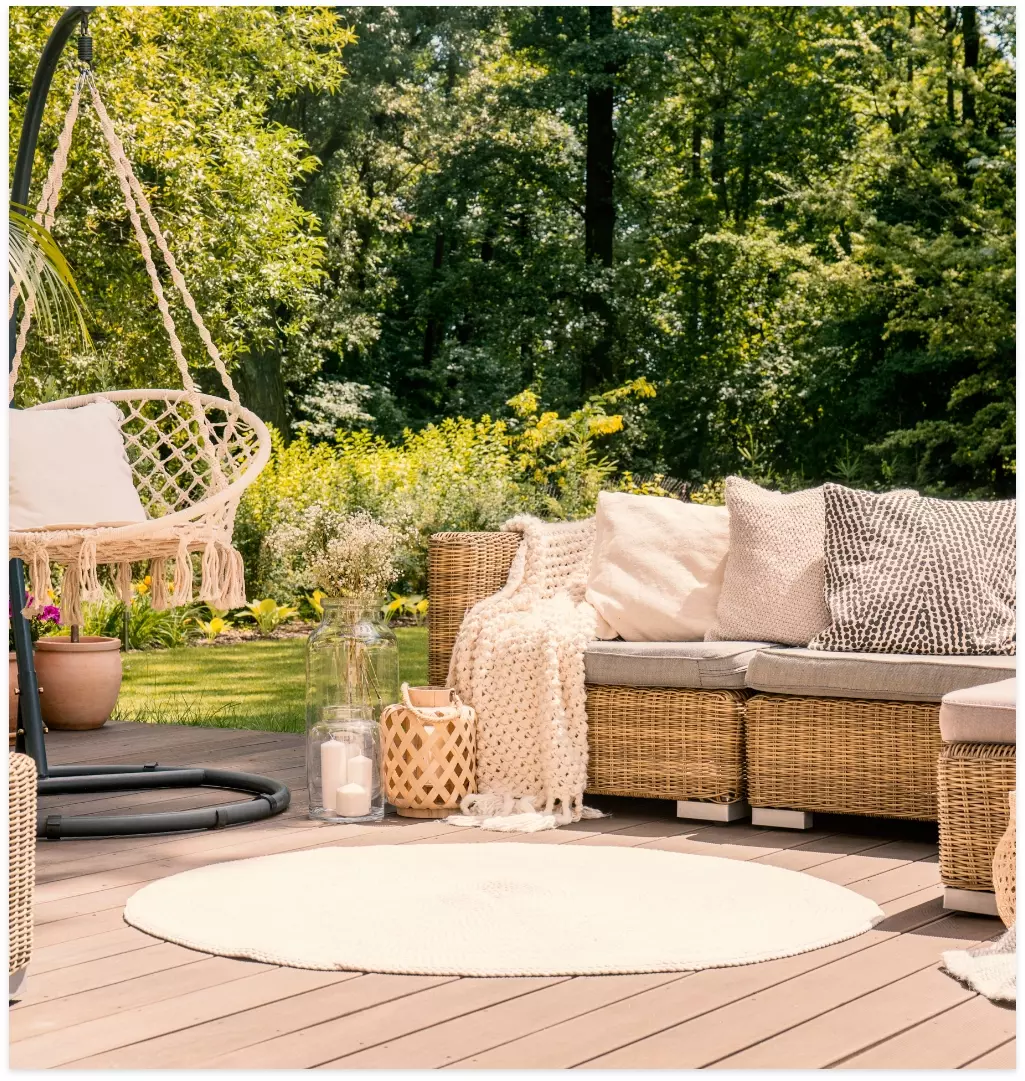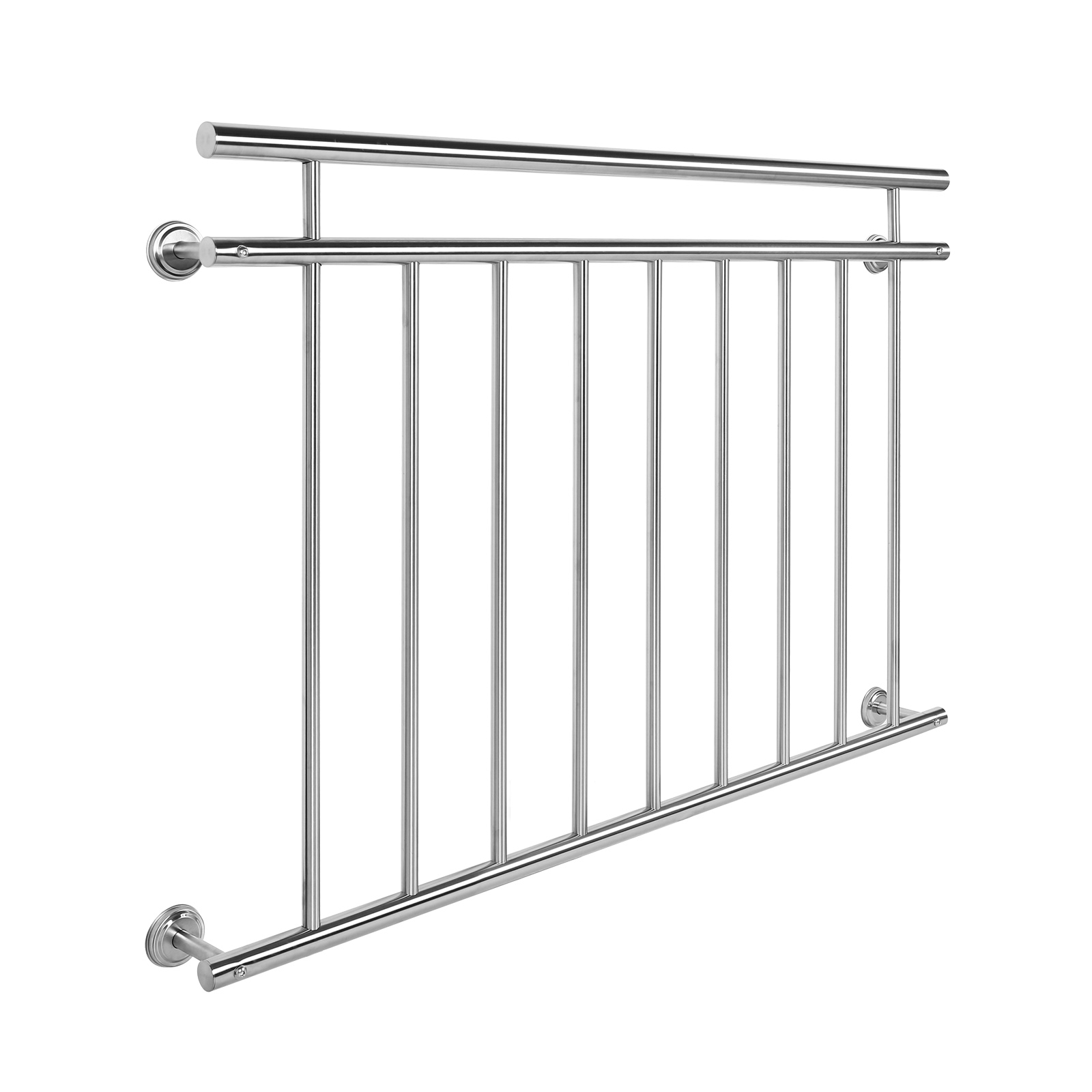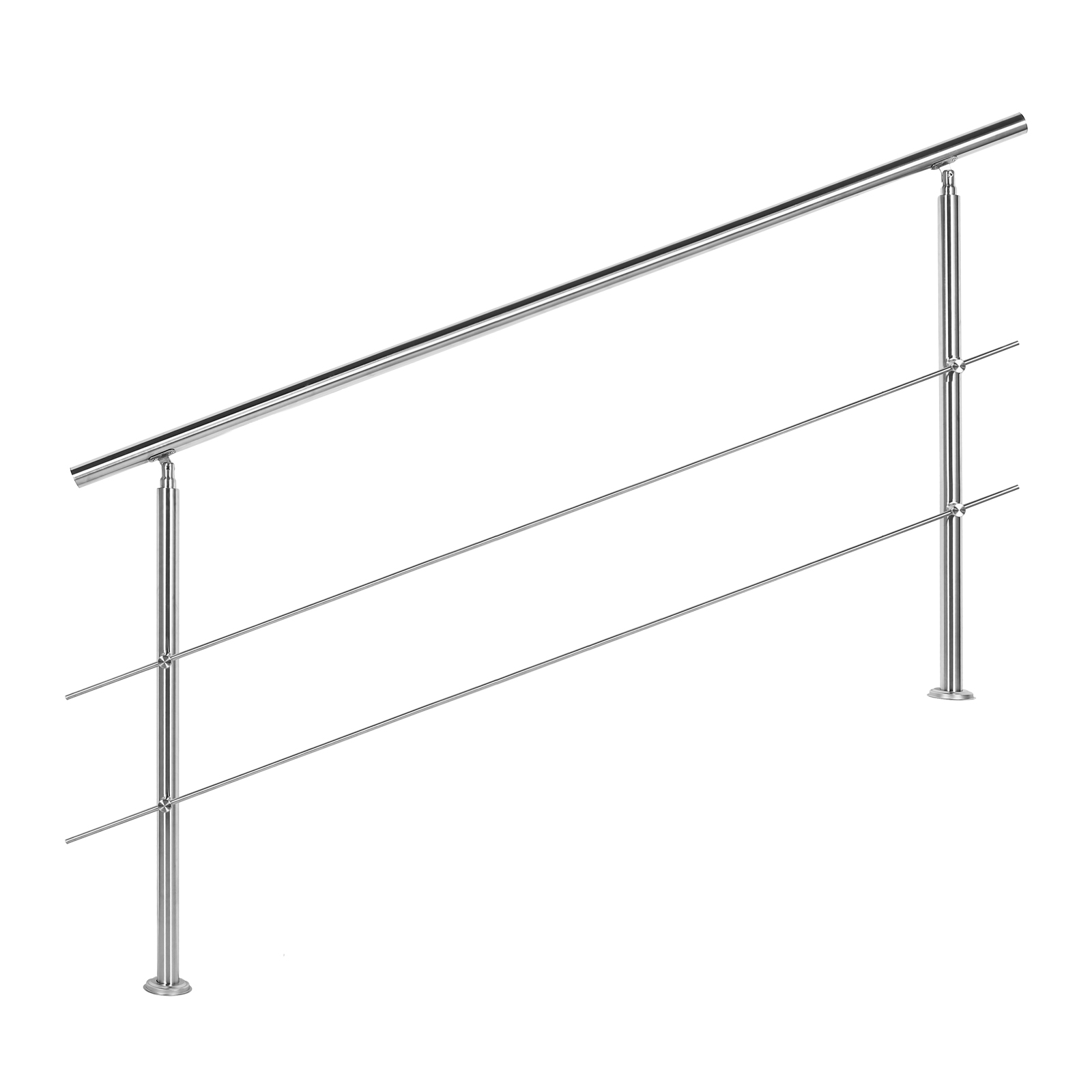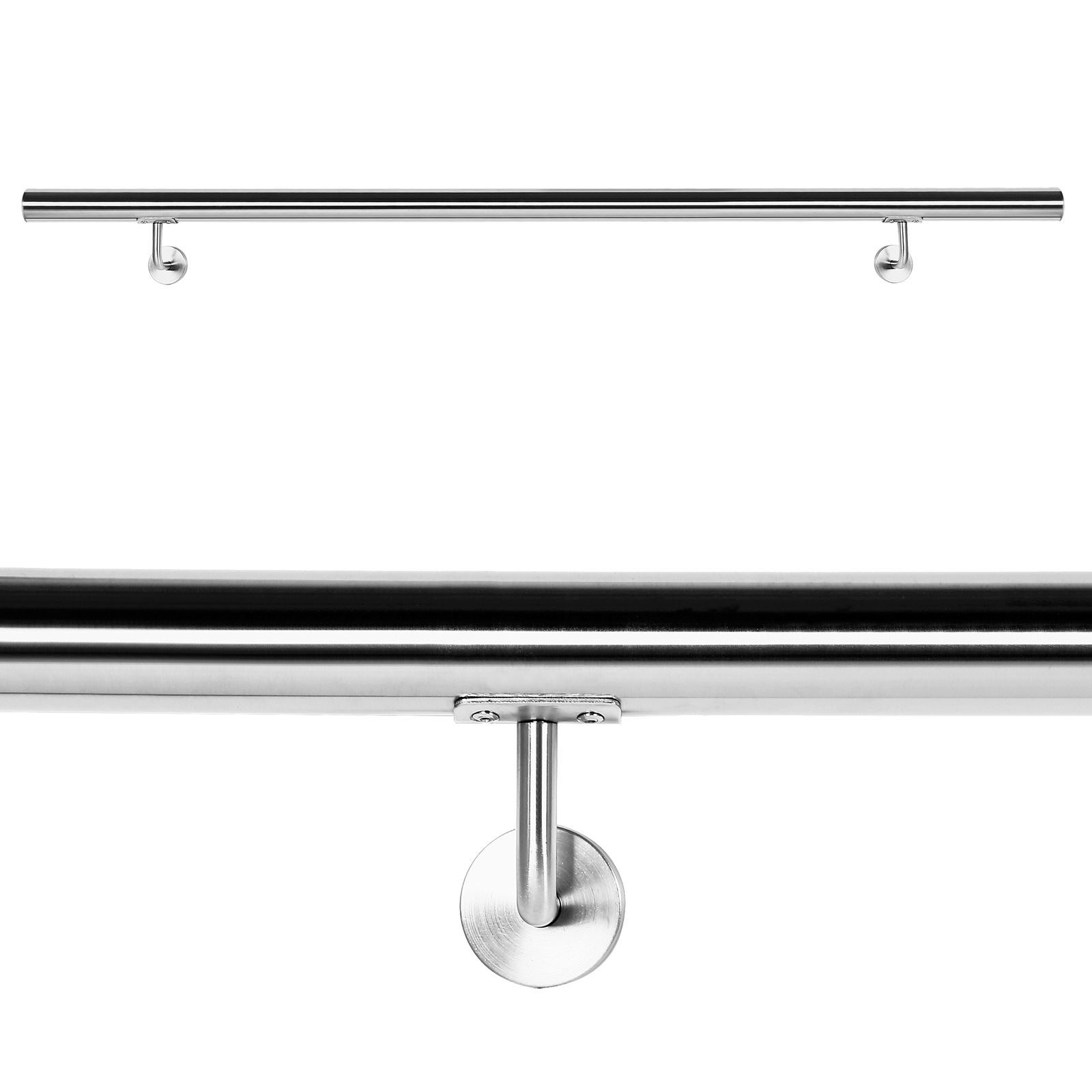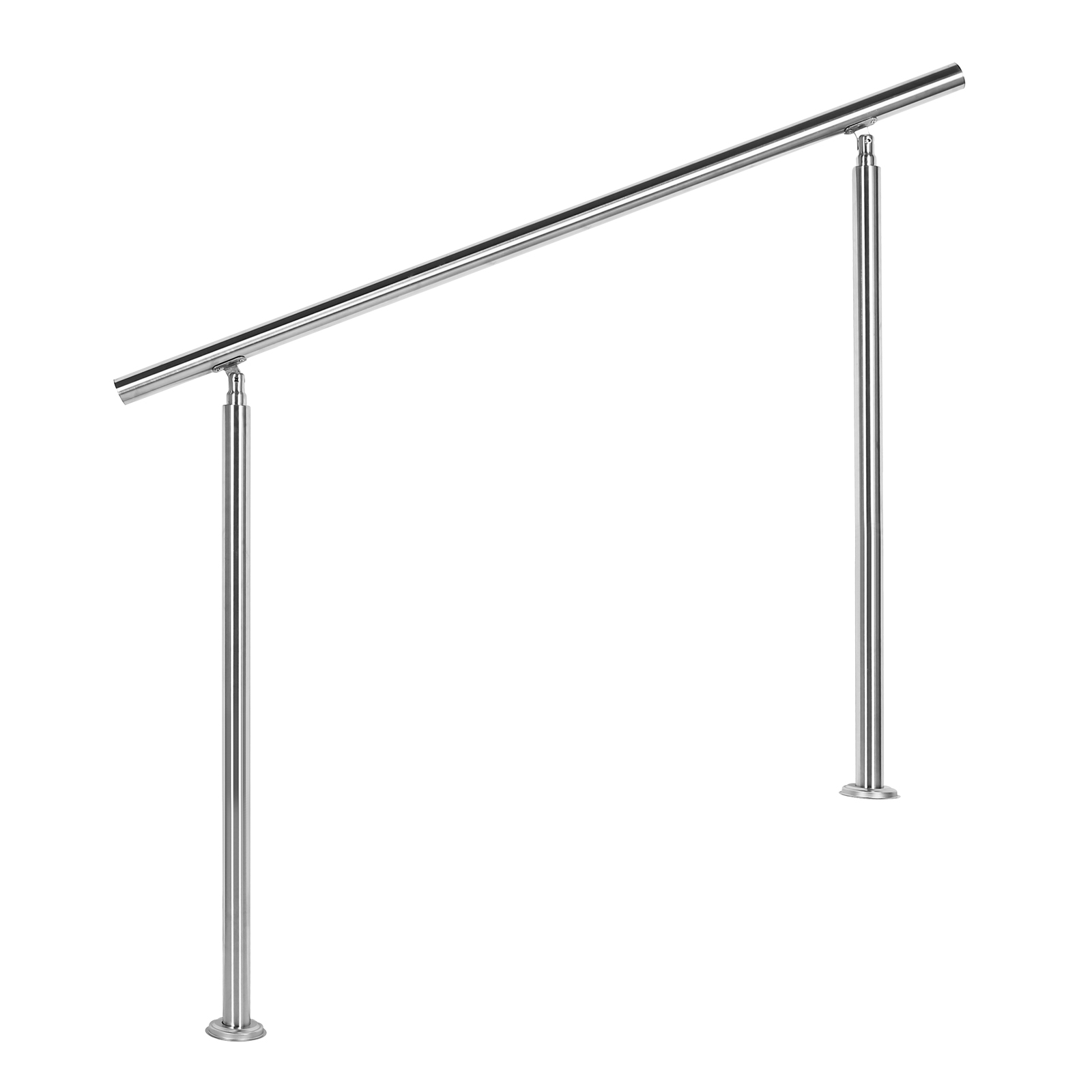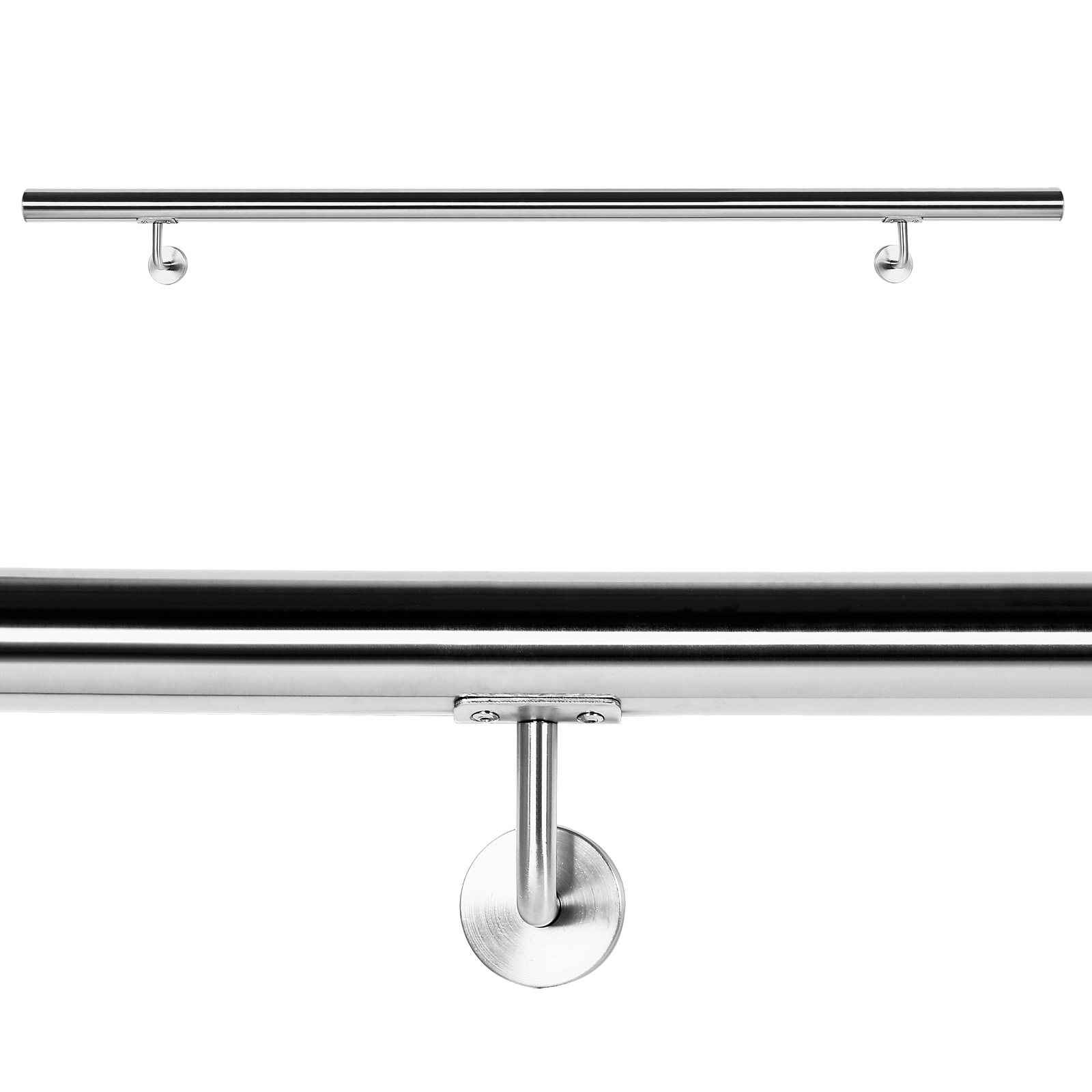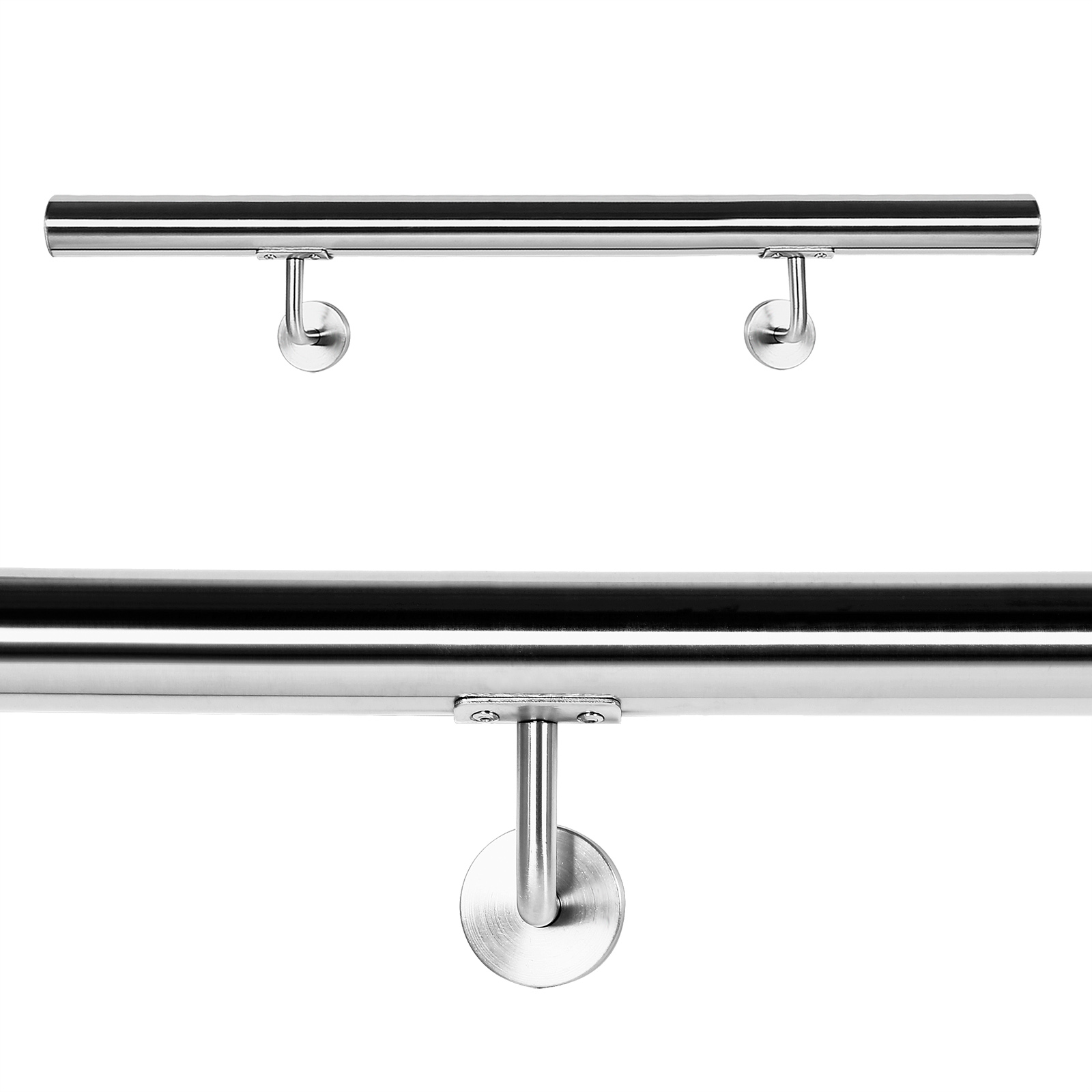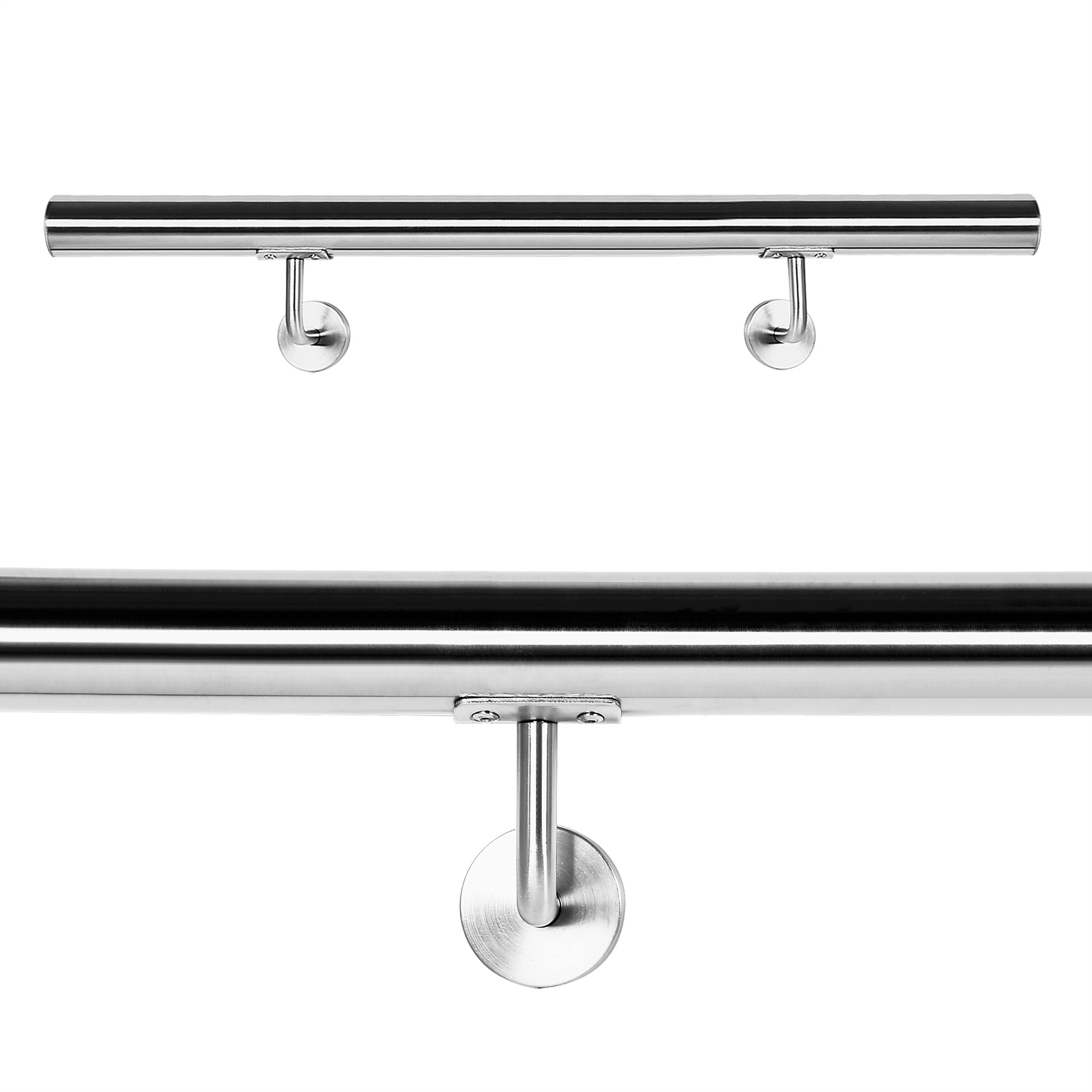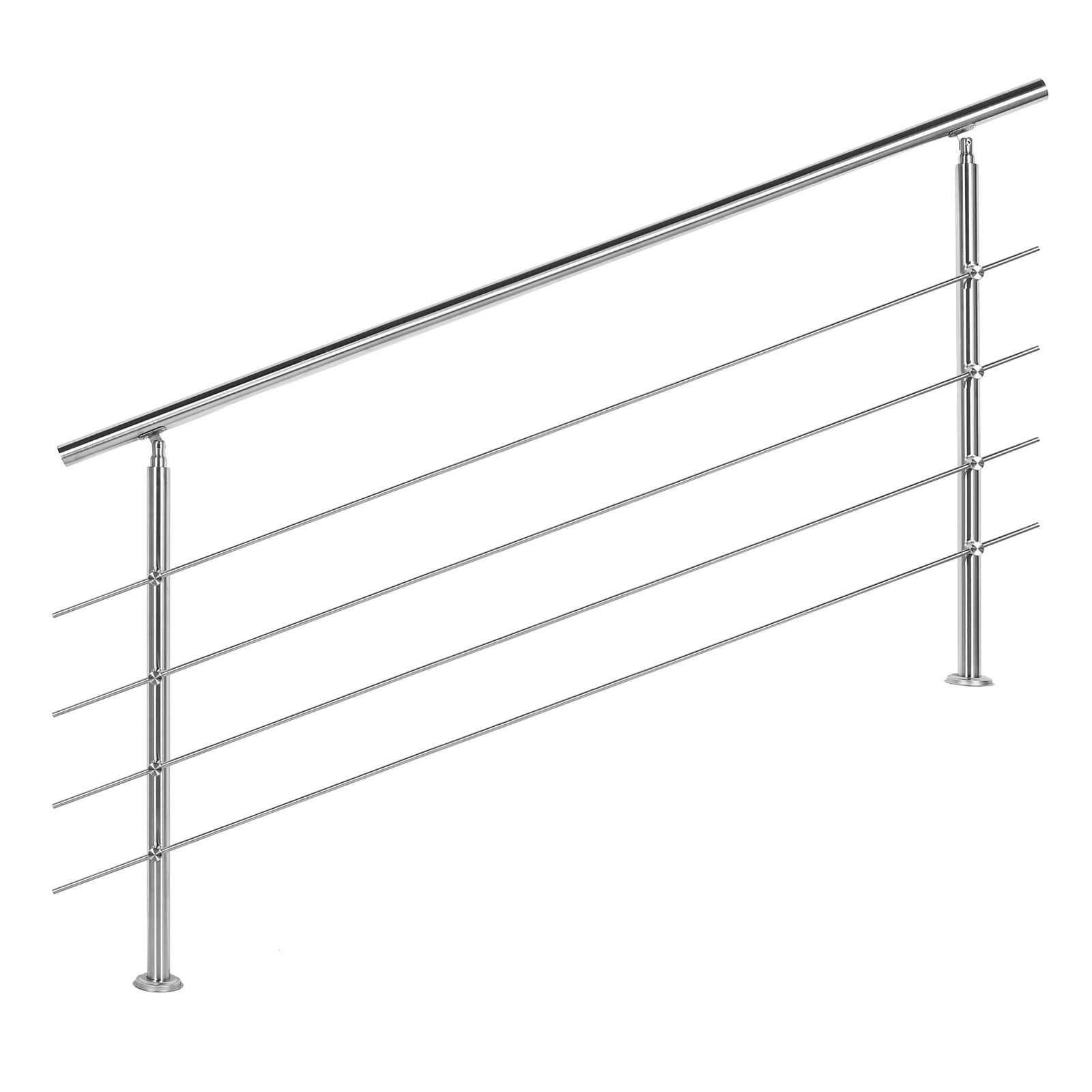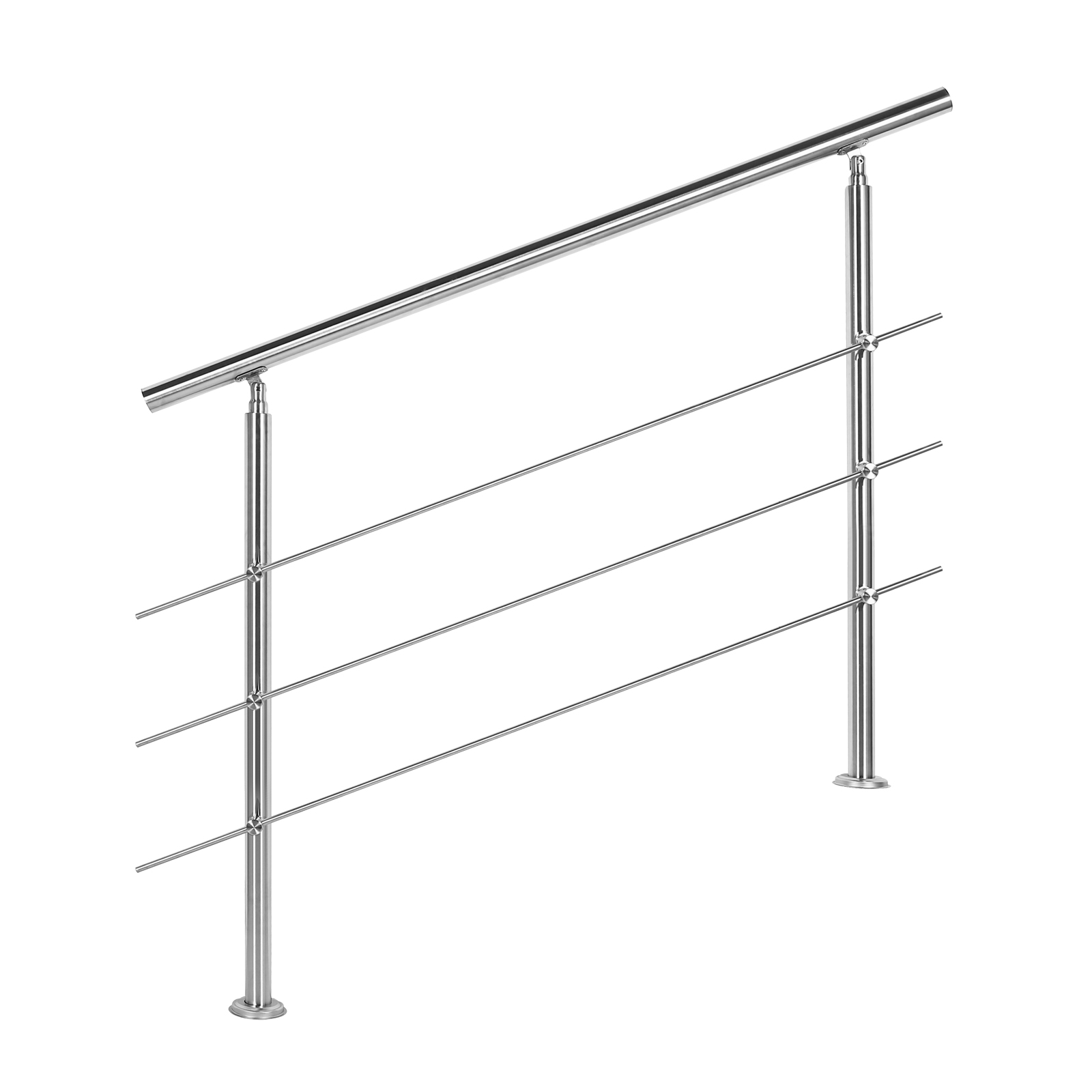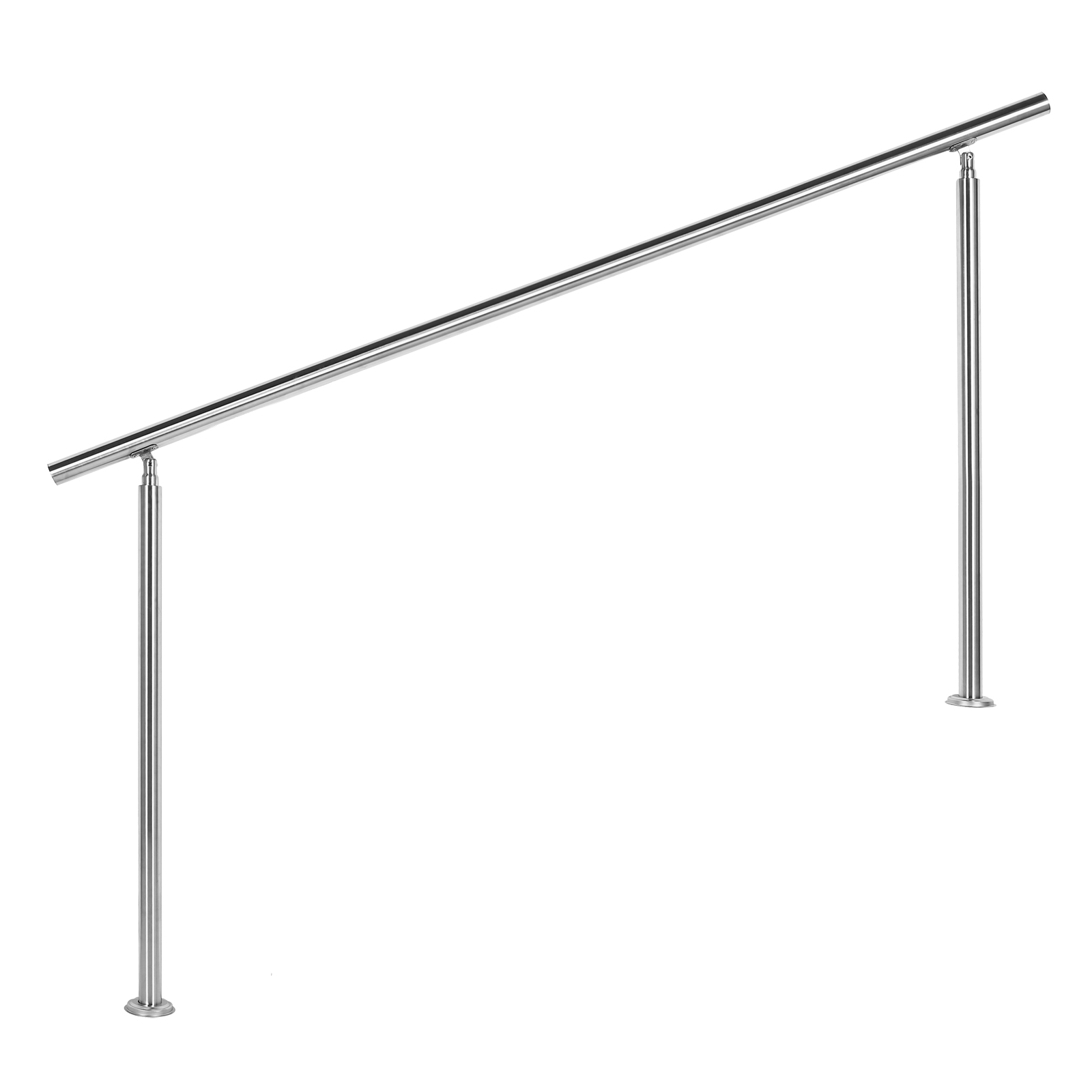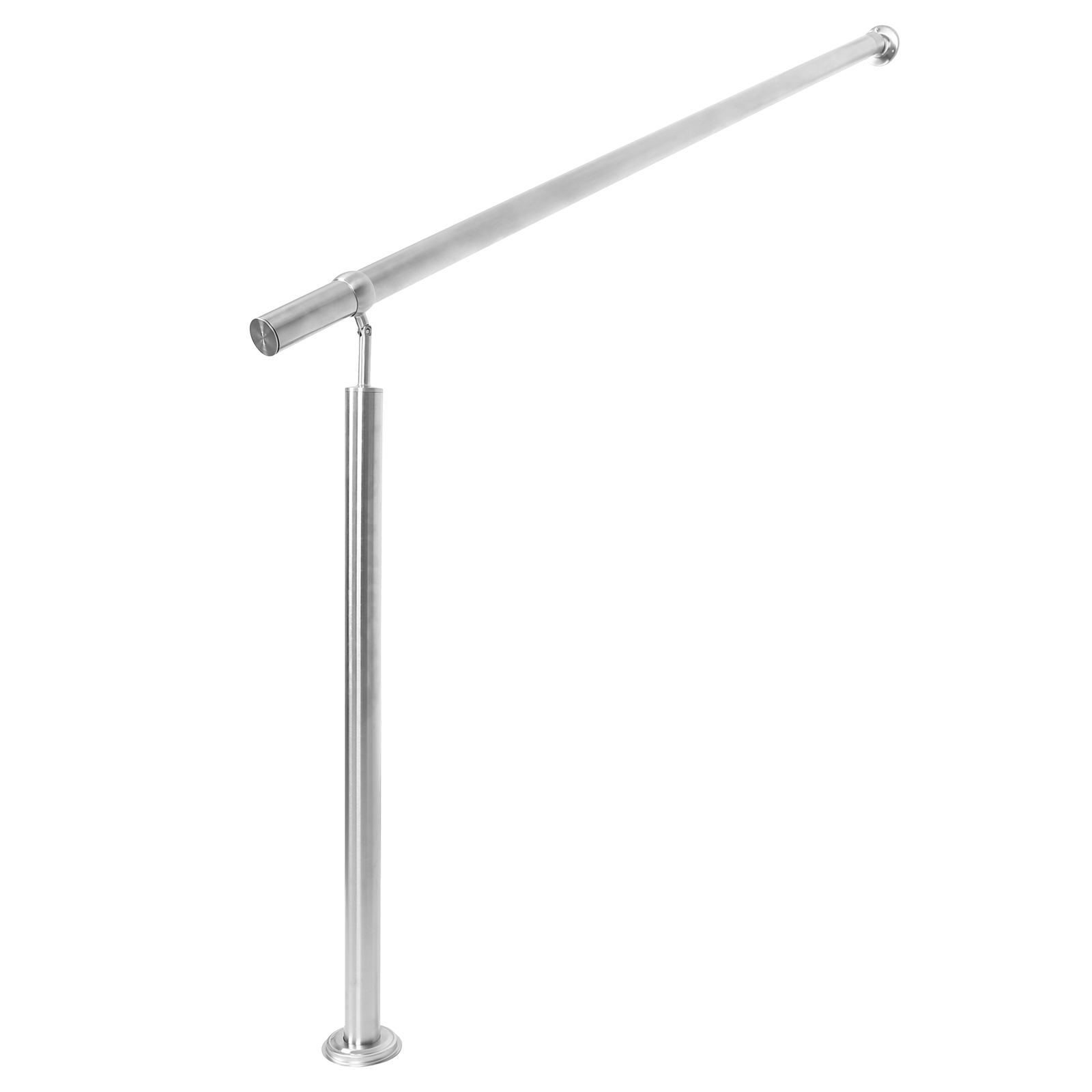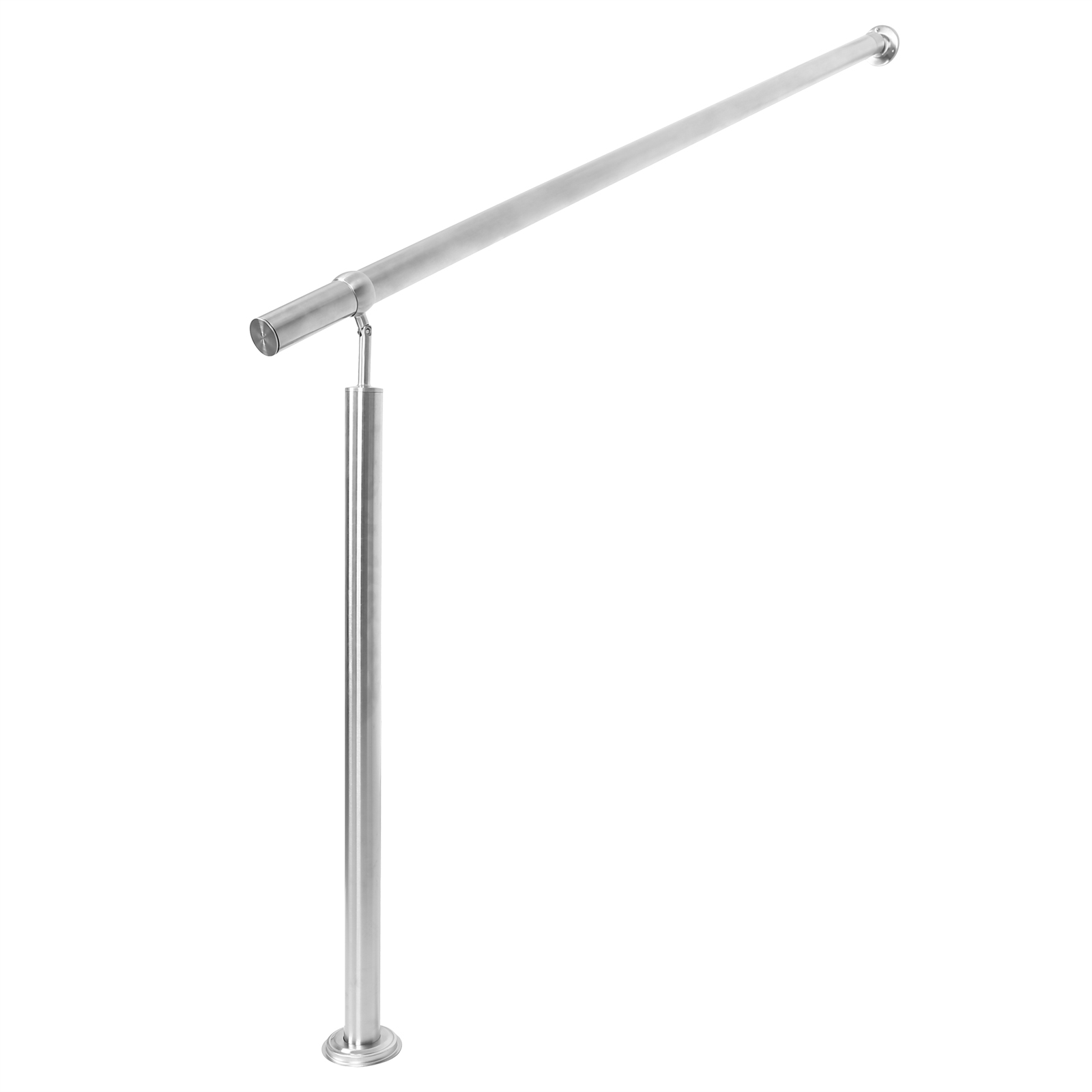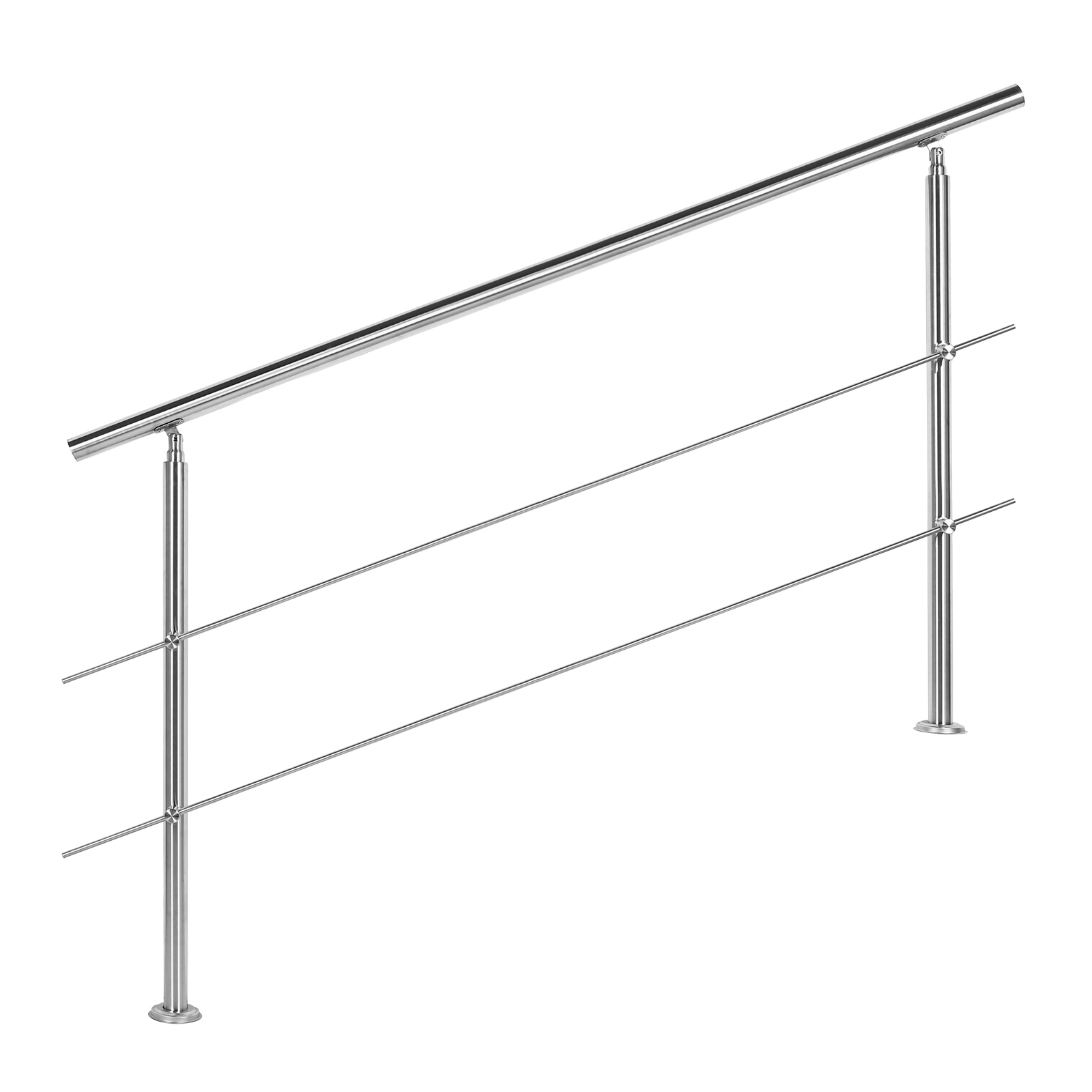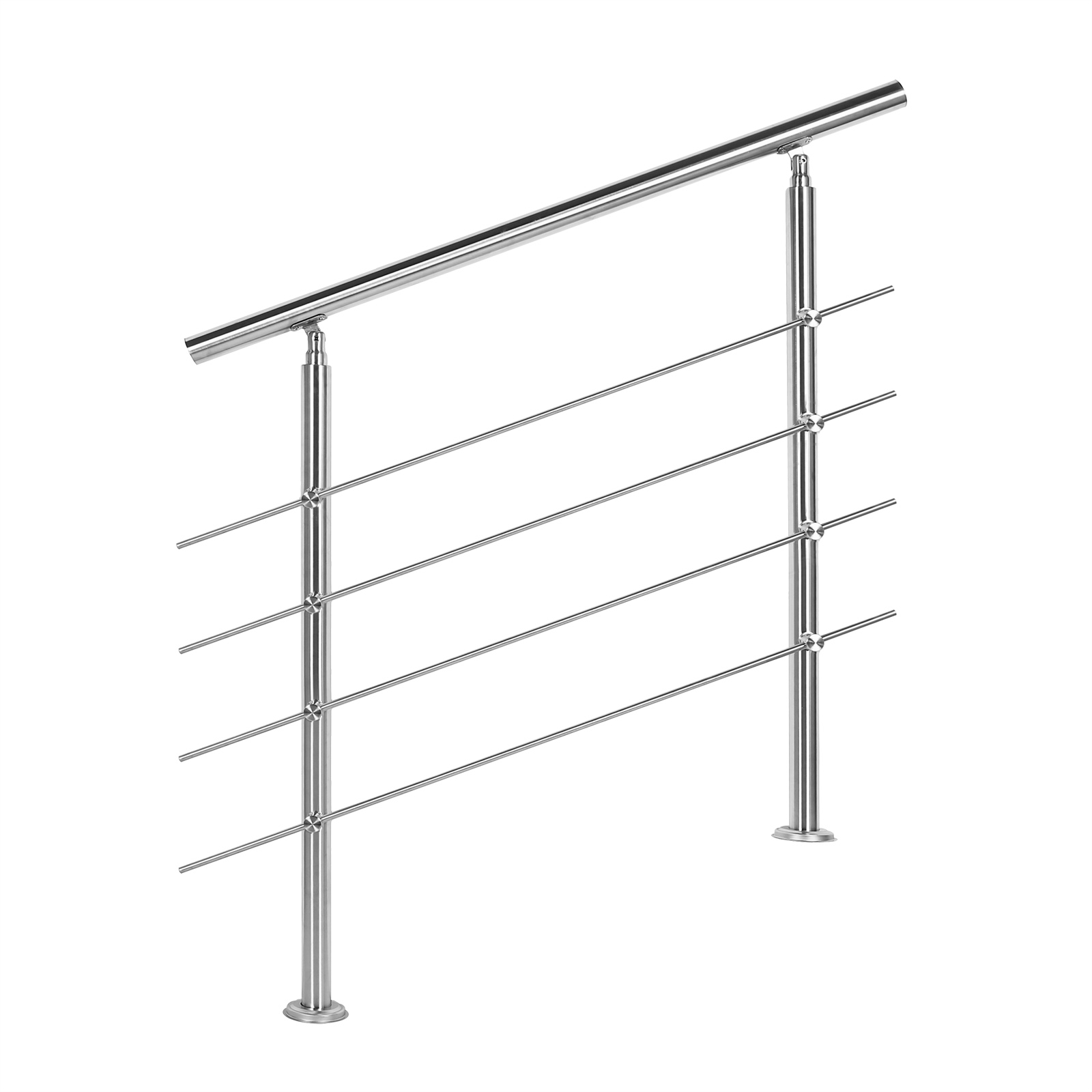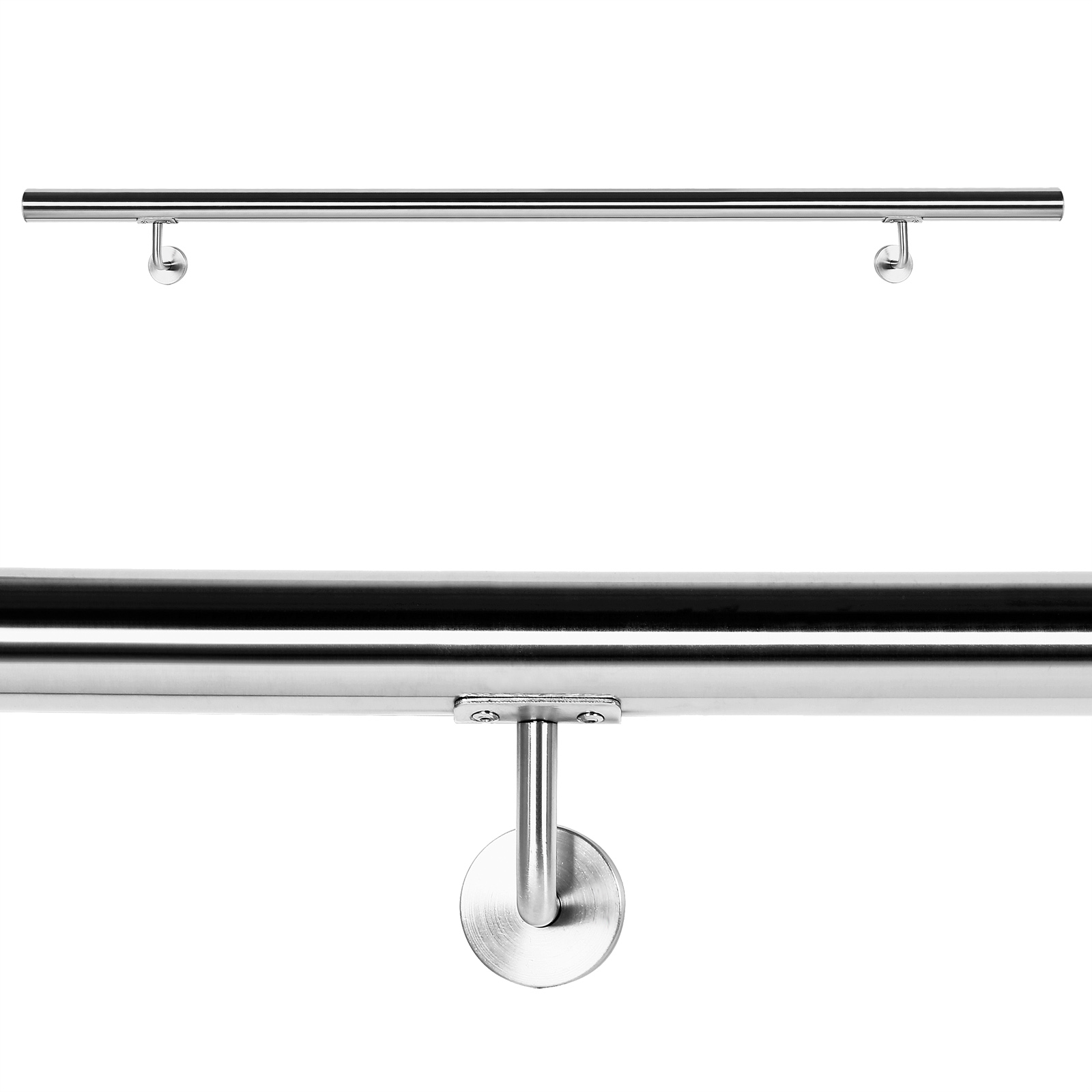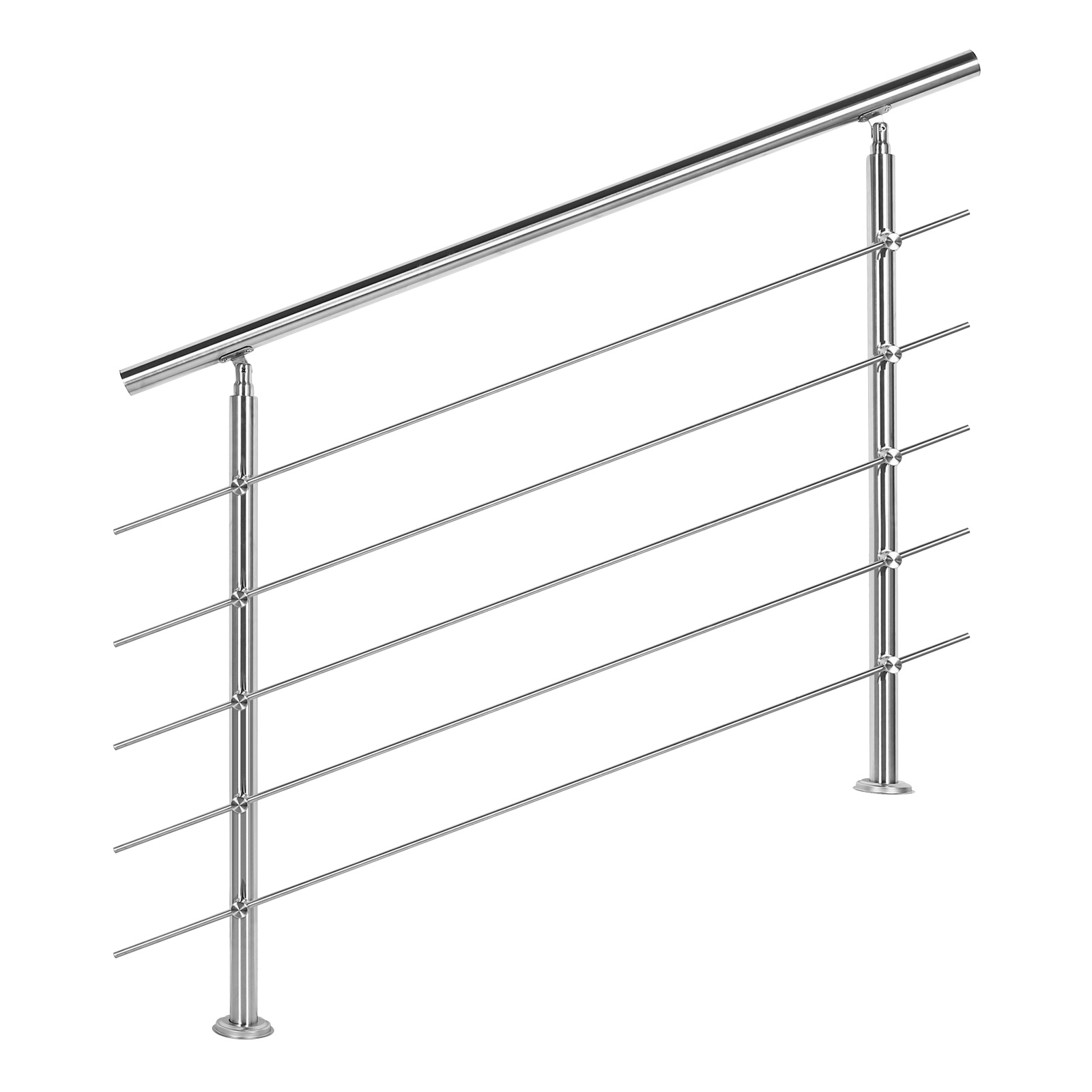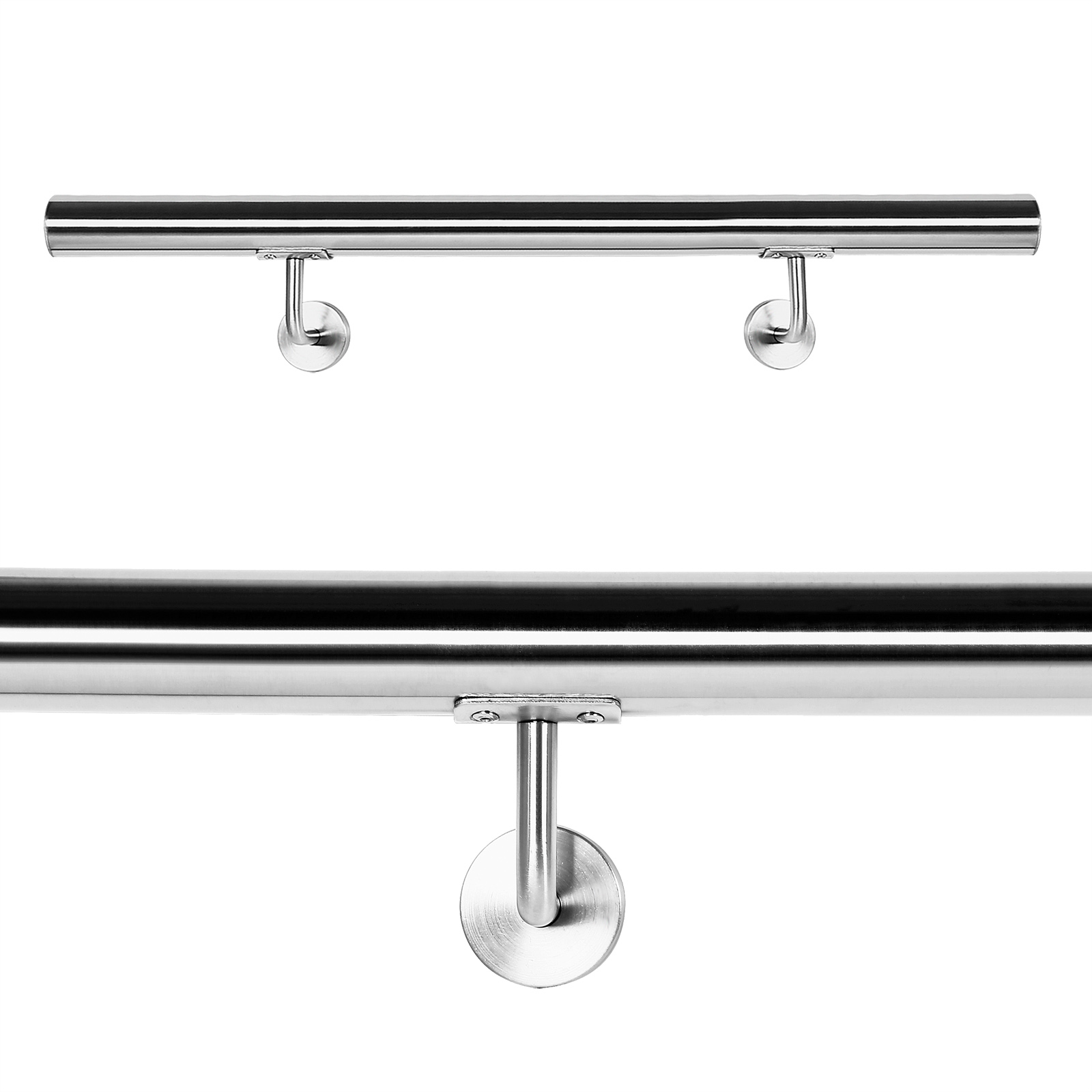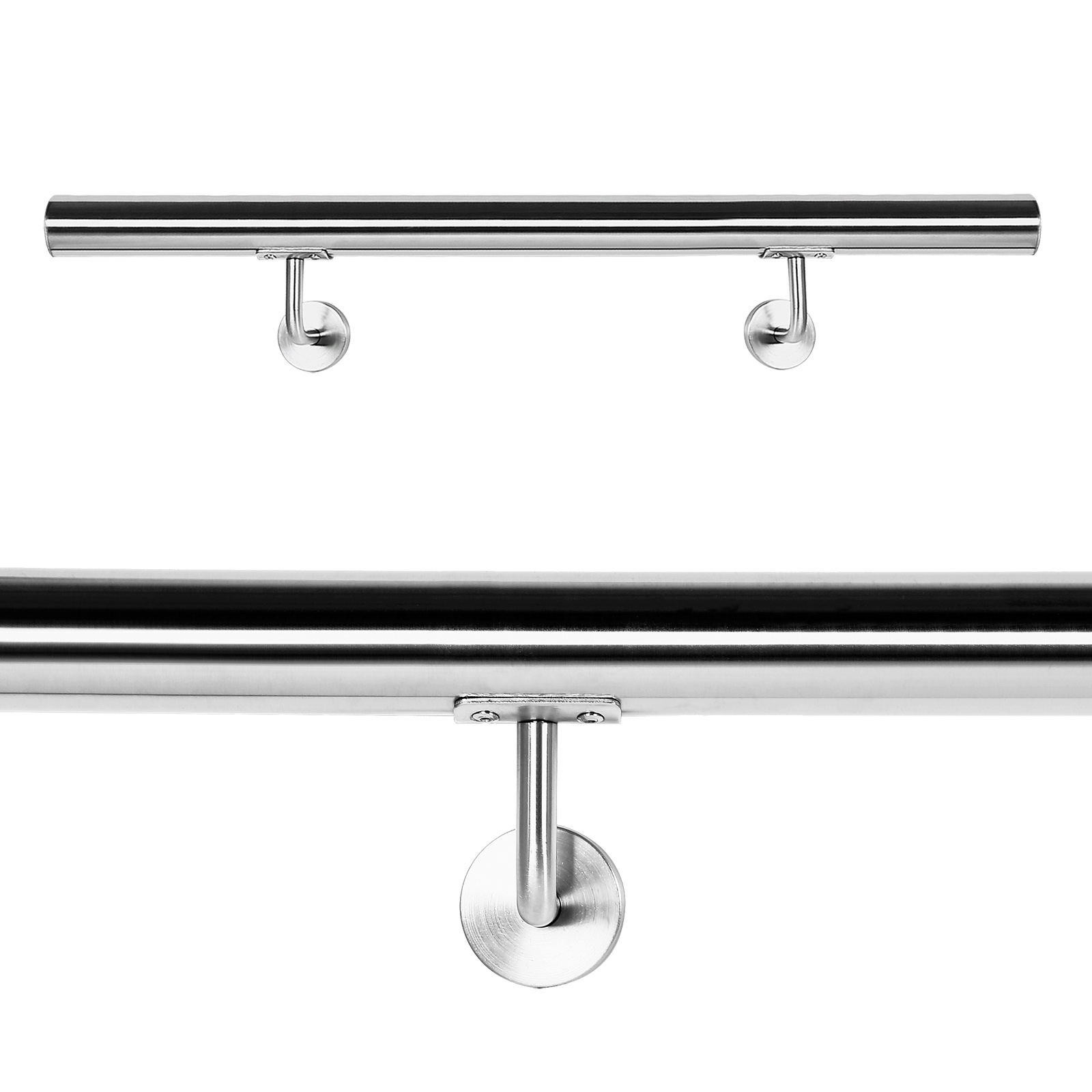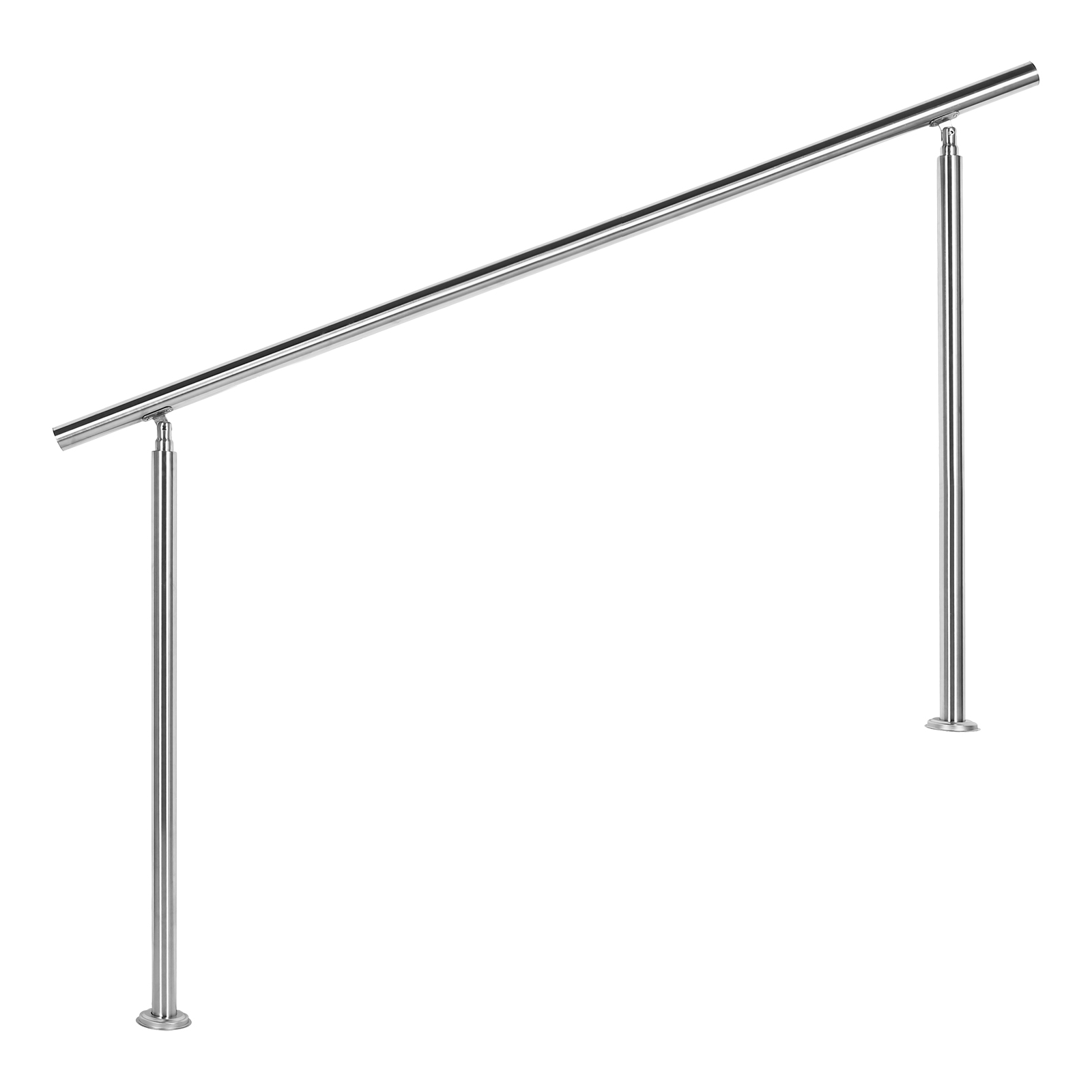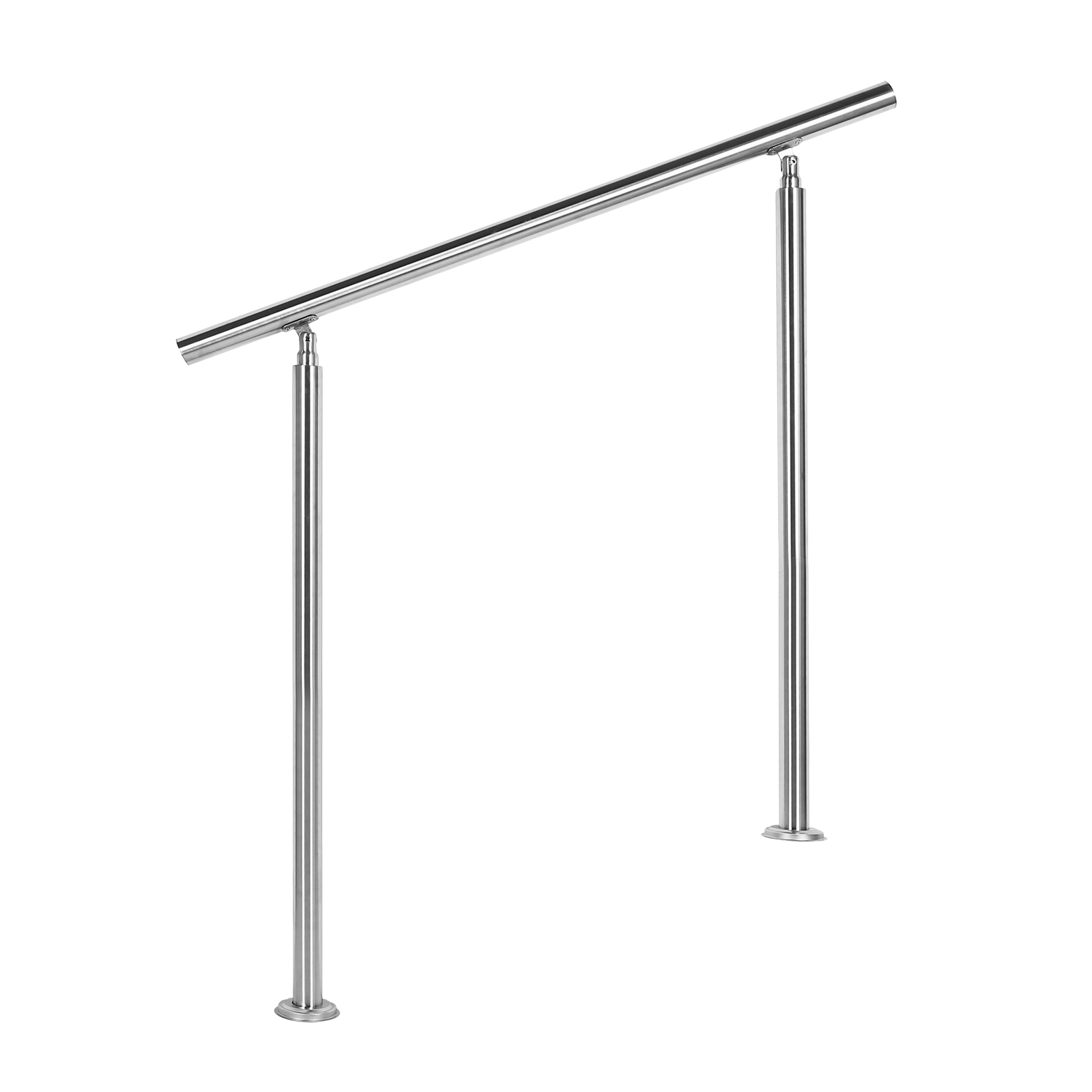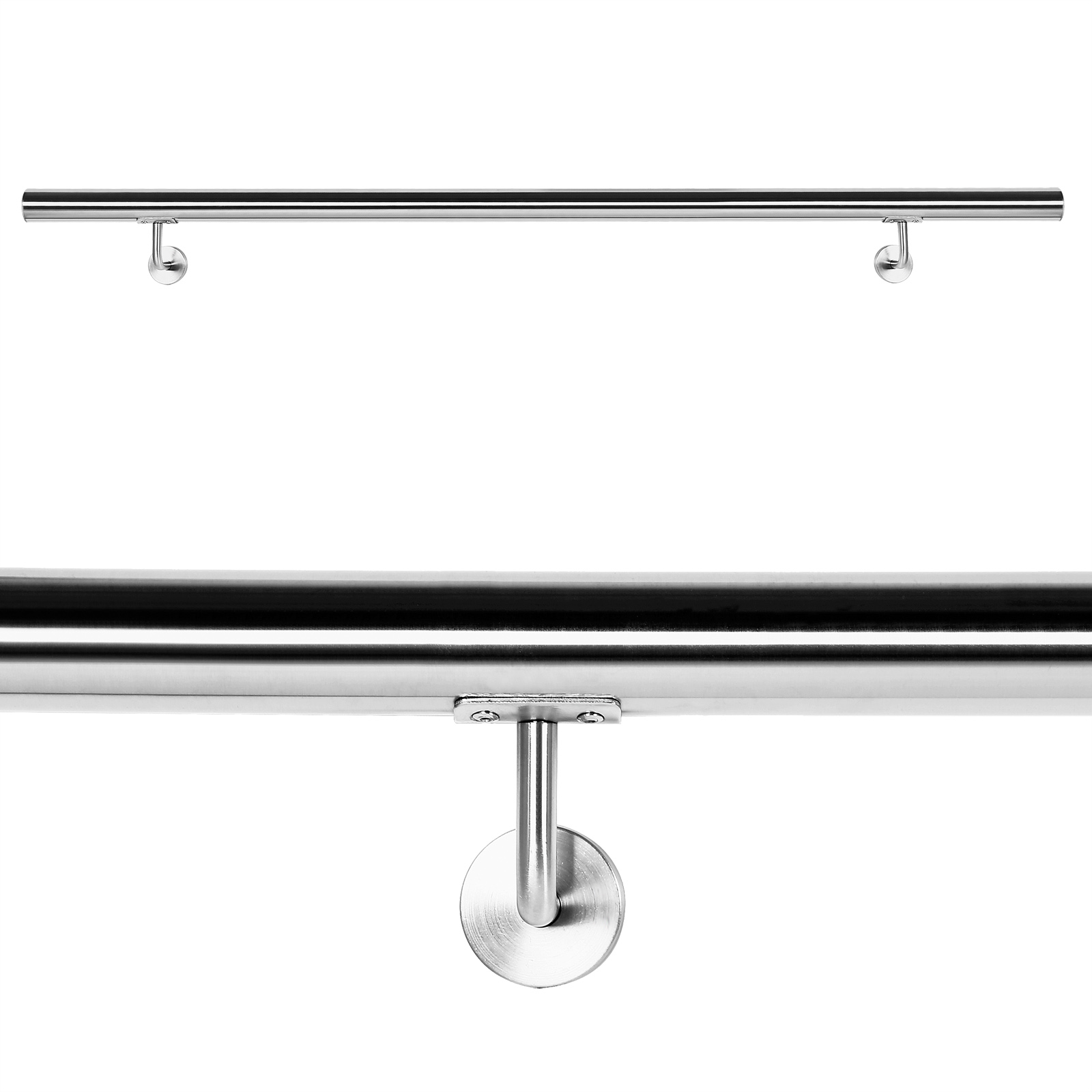Railings & Handrails
Available, delivery time: 2 - 3 days
• Handrail: Ø 38mm
• Horizontal strut: Ø 32mm
• Vertical strut: Ø 19mm
• Strut distance: 110mm
Available, delivery time: 2 - 3 days
• Diameter: 42 mm
• Material thickness: 2 mm
• Distance floor supports: 1510 mm
• Adjustable angle: 0 – 60°
Available, delivery time: 2 - 3 days
• Diameter: 42mm
• Diameter support brace 12mm
• 2 holders incl.
• Length: 200 cm
Available, delivery time: 2 - 3 days
• Diameter: 42 mm
• Material thickness: 2 mm
• Surface: brushed
• Adjustable angle: 0 – 60°
Available, delivery time: 2 - 3 days
• Material: powder coated
• Diameter: 42mm
• Diameter support brace 19mm
• Length: 190 cm
Available, delivery time: 2 - 3 days
• Diameter: 42 mm
• Material thickness: 2 mm
• Distance floor supports: 910 mm
• Adjustable angle: 0 – 60°
Available, delivery time: 2 - 3 days
• Diameter: 42mm
• Diameter support brace 12mm
• 2 holders incl.
• Length: 150 cm
Available, delivery time: 2 - 3 days
• Material: powder coated
• Diameter: 42mm
• Diameter support brace 19mm
• Length: 100 cm
Available, delivery time: 2 - 3 days
• Diameter: 42mm
• Diameter support brace 12mm
• 2 holders incl.
• Length: 50 cm
Available, delivery time: 2 - 3 days
• Diameter: 42mm
• Diameter support brace 12mm
• 2 holders incl.
• Length: 100 cm
Available, delivery time: 2 - 3 days
• Diameter: 42 mm
• Material thickness: 2 mm
• Distance floor supports: 1510 mm
• Adjustable angle: 0 – 60°
Available, delivery time: 2 - 3 days
• Diameter: 42 mm
• Material thickness: 2 mm
• Distance floor supports: 910 mm
• Adjustable angle: 0 – 60°
Available, delivery time: 2 - 3 days
• Diameter: 42 mm
• Material thickness: 2 mm
• Distance floor supports: 1510 mm
• Adjustable angle: 0 – 60°
Available, delivery time: 2 - 3 days
• Handrail individually adjustable
• Stainless steel
• Length 80cm
• Handrail ⌀ 42 mm
Available, delivery time: 2 - 3 days
• Diameter handrail 42 mm
• Material thickness 2 mm
• Length 100 cm
Available, delivery time: 2 - 3 days
• Diameter: 42 mm
• Material thickness: 2 mm
• Distance foor supports: 1310 mm
• Adjustable angle: 0 – 60°
Currently not available
• Diameter: 42 mm
• Material thickness: 2 mm
• Distance of floor supports: 510 mm
• Adjustable angle: 0 – 60°
Available, delivery time: 2 - 3 days
• Diameter: 42mm
• Diameter support brace 12mm
• 2 holders incl.
• Length: 130 cm
Currently not available
• Diameter: 42 mm
• Material thickness: 2 mm
• Distance floor supports: 910 mm
• Adjustable angle: 0 – 60°
Available, delivery time: 2 - 3 days
• Diameter: 42mm
• Diameter support brace 12mm
• 2 holders incl.
• Length: 80 cm
Available, delivery time: 2 - 3 days
• Diameter: 42mm
• Diameter support brace 12mm
• 2 holders incl.
• Length: 120 cm
Currently not available
• Diameter: 42 mm
• Material thickness: 2 mm
• Distance foor supports: 1310 mm
• Adjustable angle: 0 – 60°
Currently not available
• Diameter: 42 mm
• Material thickness: 2 mm
• Distance floor supports: 710 mm
• Adjustable angle: 0 – 60°
Available, delivery time: 2 - 3 days
• Diameter: 42mm
• Diameter support brace 12mm
• 2 holders incl.
• Length: 160 cm

